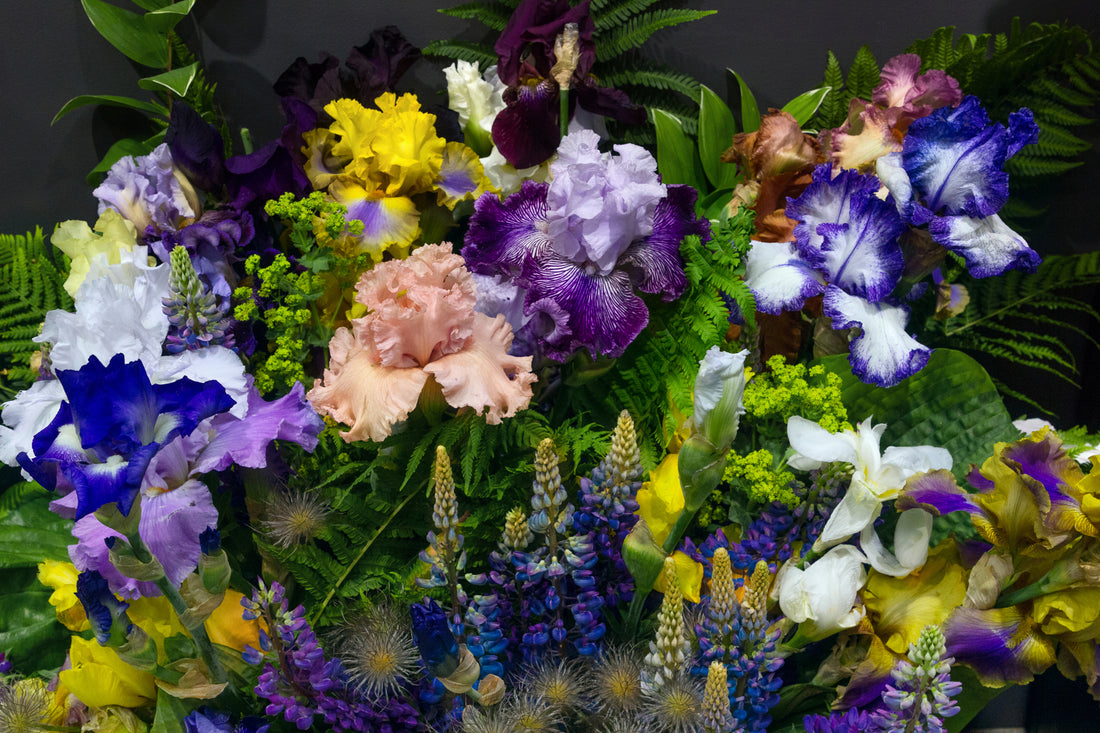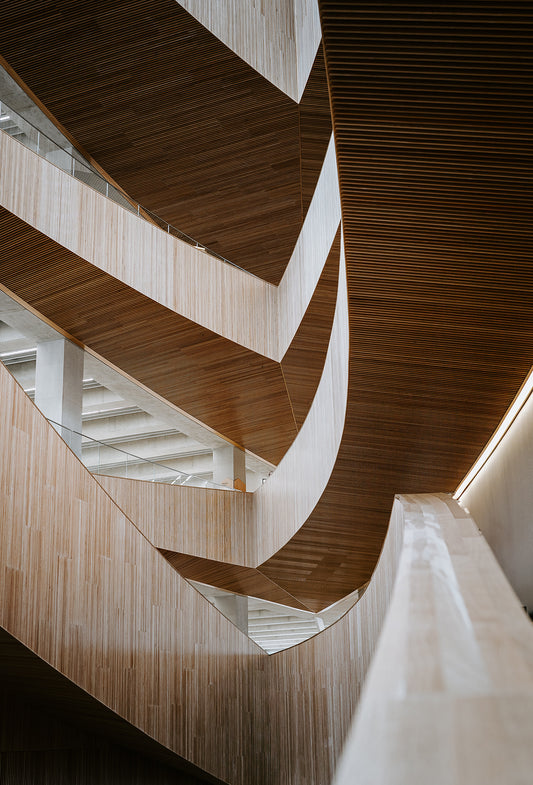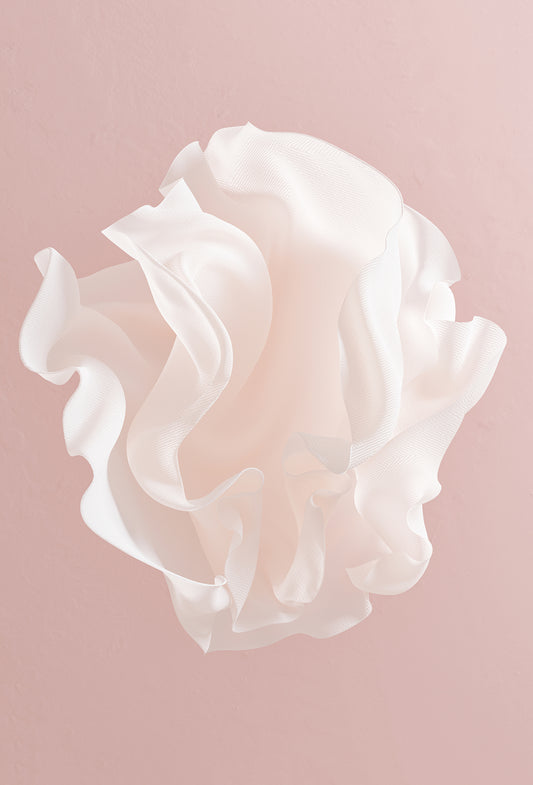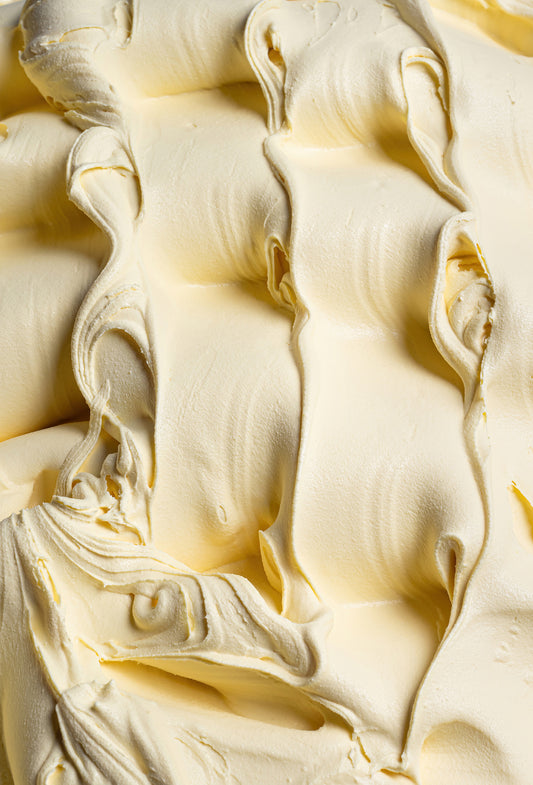The ionone family is a big one. Ionones were first separated in the lab (albeit as unusable molecules) in Germany in 1886. Seven years later (1893) the first patent on ionone alpha and ionone beta was taken out and the first perfume to exploit these chemicals was launched in that very same year: Vera Violetta by Roger and Gallet.
Alpha ionone with its woody nuance and beta ionone with a sweeter and more fruity character became the mainstay of violet and iris fragrances, being supported by expensive orris extracts (orris butter, orris resinoid, orris absolute and orris root tincture) and violet leaves.
Then, In 1924, Givaudan first separated all the possible isomers of methyl ionone and iso methyl ionone and began selling a number of them under the Raldeine series: Raldeine Alpha, Raldeine Beta, Raldeine Gamma, Raldeine Delta, Raldeine Sigma and the most expensive of all Raldeine 112. Cost and complexity mean these are no longer items of commerce.
However, production continued (and continues) on alpha isomethyl ionone (the finest) and it was marketed as Isoraldeine in two purities: 95% and 70% competing somewhat with Iralia and Iralia Total respectively. A third and considerably more costly product was also made: Isoraldeine Cetone Alpha, a version of alpha isomethyl ionone distilled in a special process to the highest possible purity. This is the most floral and beautiful of the entire family; and due to cost, it is rare and precious.
Givaudan released two novel floral bases built around the then-captive Isoraldeine Cetone Alpha. The first, Amarante (1924), was much loved by Henri Alméras, the chief perfumer at Patou (formerly of Chiris and Parfums Rosine), and it features heavily in many of his fragrances for that house. Amarante is a beautiful general purpose multi-floral base of jasmine, rose, ylang-ylang, lily, cyclamen, lilac and iris supported by woody notes. We continue to make and supply that base in its original form including Isoraldeine Cetone Alpha.
The second base, released in 1926, was Cetonia another multi-floral base of iris, magnolia and mimosa and a somewhat unusual green note. Cetonia was created by Marius Reboul on the same theme as Amarante but with the intention of focusing the base on Isoraldeine Cetone Alpha specifically.
Isoraldeine Cetone Alpha finally became easier to produce in large quantities and Givaudan began selling it directly to the industry in 1932. The first fragrance to capitalise on the chemical was the aldehydic floral Ivoire (that same year) by Chanel. It was sold exclusively in Chanel Boutiques and was never sent to the US market. Interestingly Chanel sold the name “Ivoire” to Balmain thereby preventing a future re-release of this classic fragrance in the Chanel Exclusifs collection.
And so the early 20th century was dominated by methyl ionones. First Iralia, the beautiful and powdery Firmenich version overdosed by François Coty in L'Origan (1908) and Mitsouko (1919) with Iraldeine Beta (Iriseine De Laire, Beta Methyl Ionone), and then later Isoraldeine Cetone Alpha, the radiant floral material that is considered by some to be to alpha isomethyl ionone as Hedione high cis is to Hedione. Later, other rare ionones had their time in the spotlight, products like beta isomethyl ionone (Iraldeine Delta) as originally featured in Prunol SP by Edmund Roudnitska.





